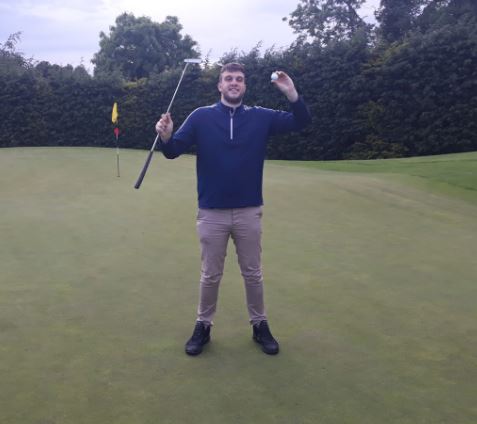Hook Vs Slice In Golf – What’s The Difference And How To Fix Them
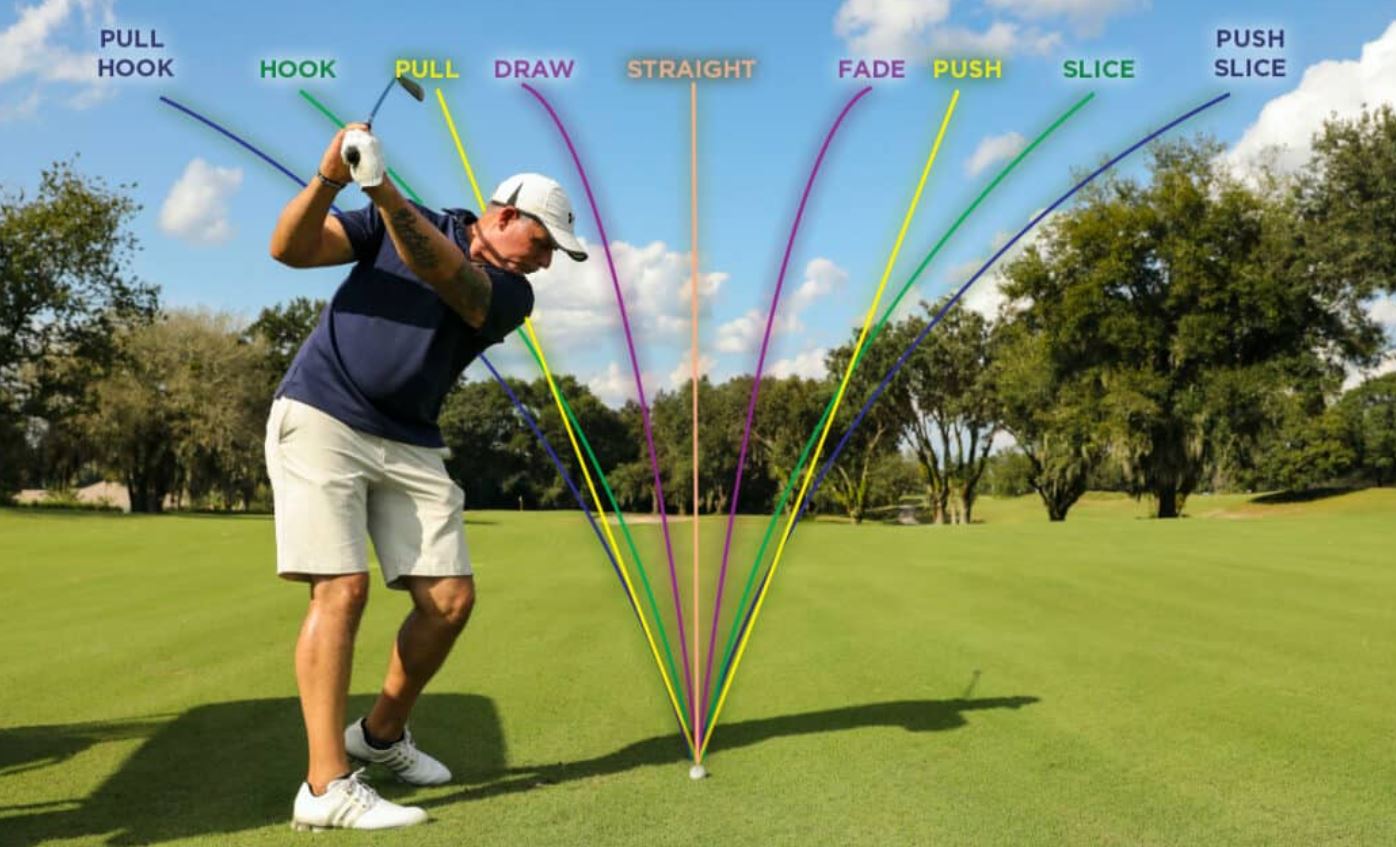
There are few things more demoralizing on a golf course than hooking or slicing your shot, especially if it is happening consistently.
It erodes your confidence to the point that you fear standing over your next shot. We have all been victims of this soul-crushing experience. But how do you overcome it?
In this article, we are assessing the hook vs slice in golf. Our aim is to determine what the difference is and how to fix them. The idea is to help you identify, correct, and confidently overcome these torrid shots.
Slice Vs Hook Overview
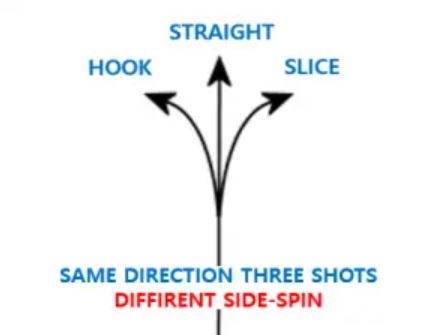
In simple terms, a slice is a fade that never came off right. While a hook is a draw gone wrong.
In reality, it is far more complex than that, as multiple factors can induce a slice or a hook.
A slice is when the ball curves off to the right and a hook is it when it curves off to the left, generally speaking.
Slice Vs Hook In Detail
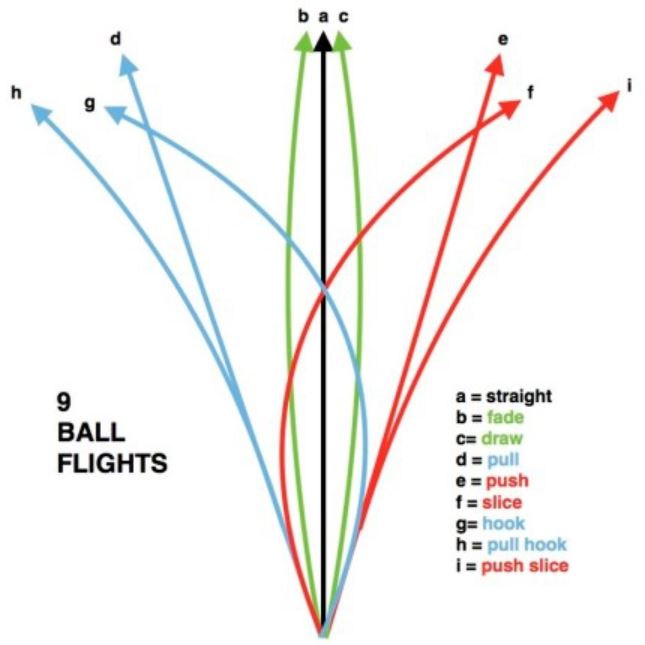
Slice
A slice occurs when your ball comes off the clubface with left to right sidespin if you are a right-hander and the balls off to the right, usually into the rough. And right to left for lefties.
This is the most common challenge that new golfers face, as they tend to leave the clubface open at impact, which promotes a slice.
That being said, you can still slice the ball with a closed clubface, but the open face at impact is often the root cause of slices for beginners.
Hook
A hook occurs when the ball pulls left if you are right-handed and right if you are left-handed. Often this is caused by players closing their clubface at impact and it causes the ball to fly off to the left.
I have seen this happen a lot to low and mid handicappers that trying to prompt a draw.
What Exactly Is A Slice In Golf?
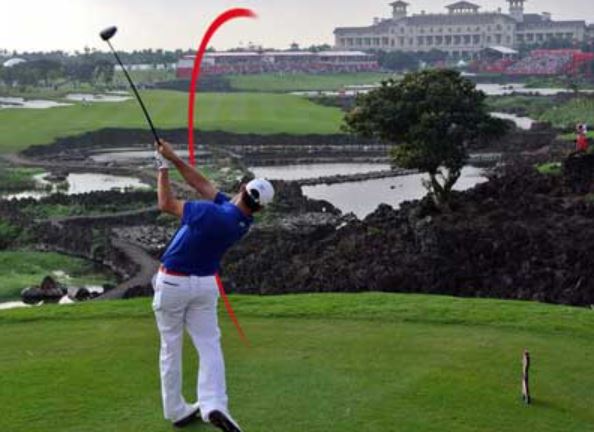
When sufficient side spin is generated on a ball, it can cause you to hook or slice your shot.
When a right-hander slices their shot, the ball starts straight and makes a sharp right in an uncontrolled manner. Obviously, if you are a leftie, a slice will send your ball left.
Unlike a fade where the shape is controlled, a slice can end up anywhere, and it usually nowhere good.
What Are The Main Causes Of A Slice
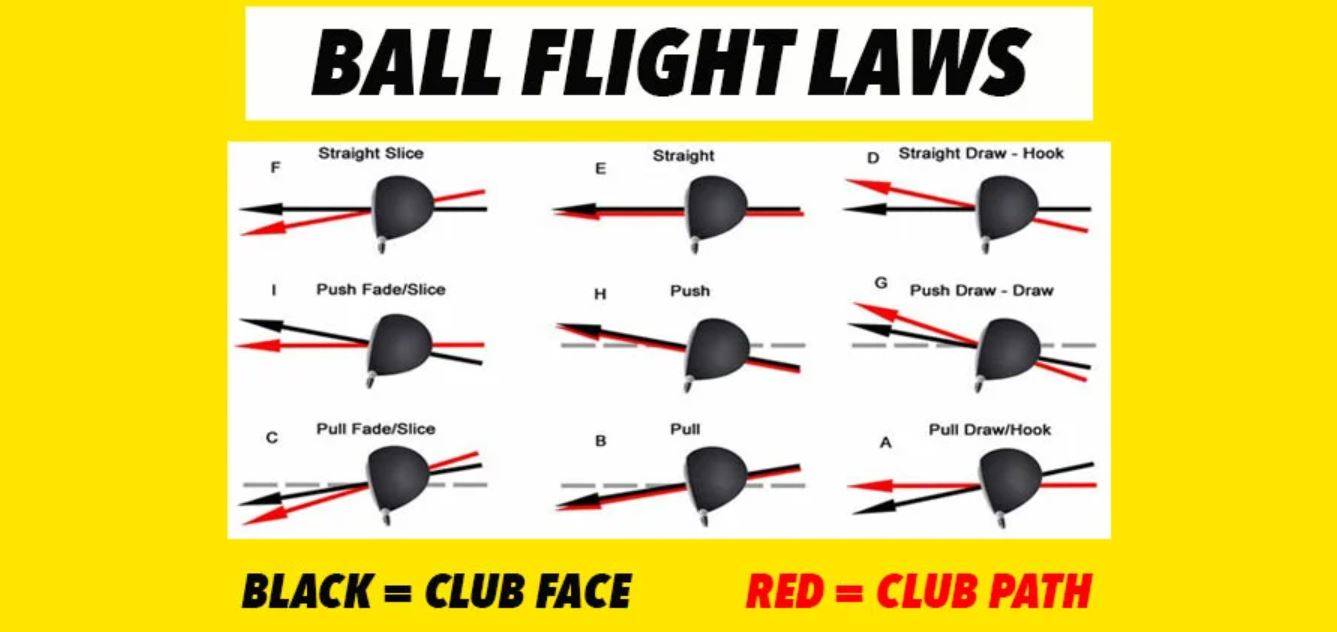
The action that causes most amateur golfers to slice a shot stems from an open clubface at impact or swinging from in to out. However, according to golf coach Ashley Moss, several elements prompt this error.
The first is alignment. When right-handers address the ball, they may be unknowingly aiming left of their target. Of course, this feels unnatural, and they try to correct it. Instead of moving their feet to face parallel to the target, they open their clubface and induce a slice at impact.
Your grip may also be aiding your slices, as the incorrect grip causes you to have less control of the club. Instead of bringing the clubface straight through and up at impact, the face opens up, generates sidespin, and voila you have sliced your shot.
If you have ever tried to hit a fade, the chances are your angle of attack was too steep. The same principle applies with a slice.
Those of you with a steep swing path are more susceptible to a slice. As you almost push at the ball at impact, sending the ball right, for right-handers.
What Is A Hook In Golf?
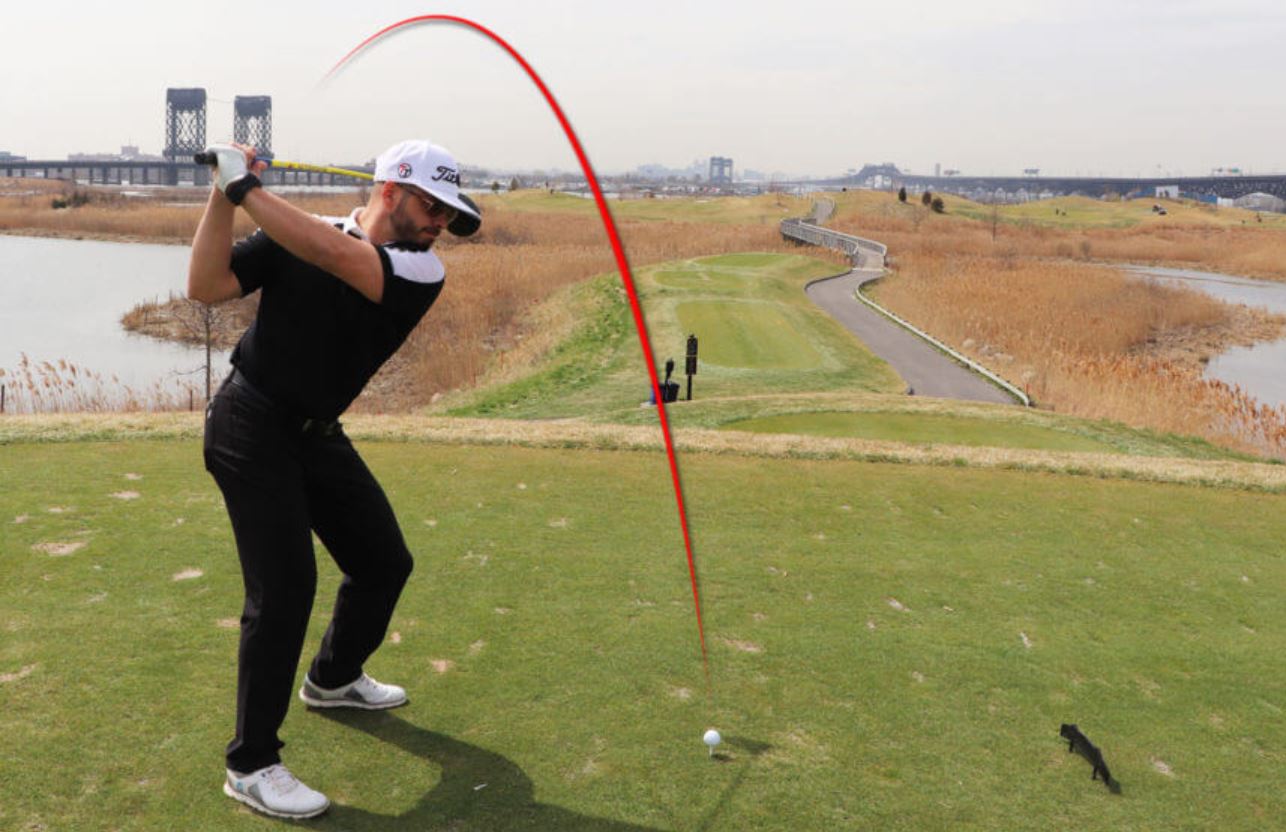
You hook the ball when you generate excessive sidespin that promotes a right-to-left shape for right-handed golfers.
A hook follows the same direction as a draw and a pull. However, it is less controlled than a draw and more violent than a pull.
Beginners and higher handicappers often pull the ball because their face is closed at impact. But it is not the only factor that could induce a hook.
What Are The Main Causes Of A Hook?
Teaching Professional Todd Kolbb explains that a closed clubface at impact often leads to you hooking your shot.
John Stahlschmidt, The Senior Head Instructor at TPC Scottsdale, agrees that this is the case with better golf players.
Stahlschmidt, however, has examined that recreational golfers pull their shots rather than hook them. The difference stems from the swing.
Higher handicappers that hook the ball do so as a result of swinging from outside to in. Also known as coming over the top.
Superior golfers hook the ball more than pull it as their swing moves from inside to outside.
To correct this action, you close your clubface at impact, and the ball goes straight for a few yards before veering off to the left for righties and to the right for lefties.
How Can You Stop Slicing The Ball?
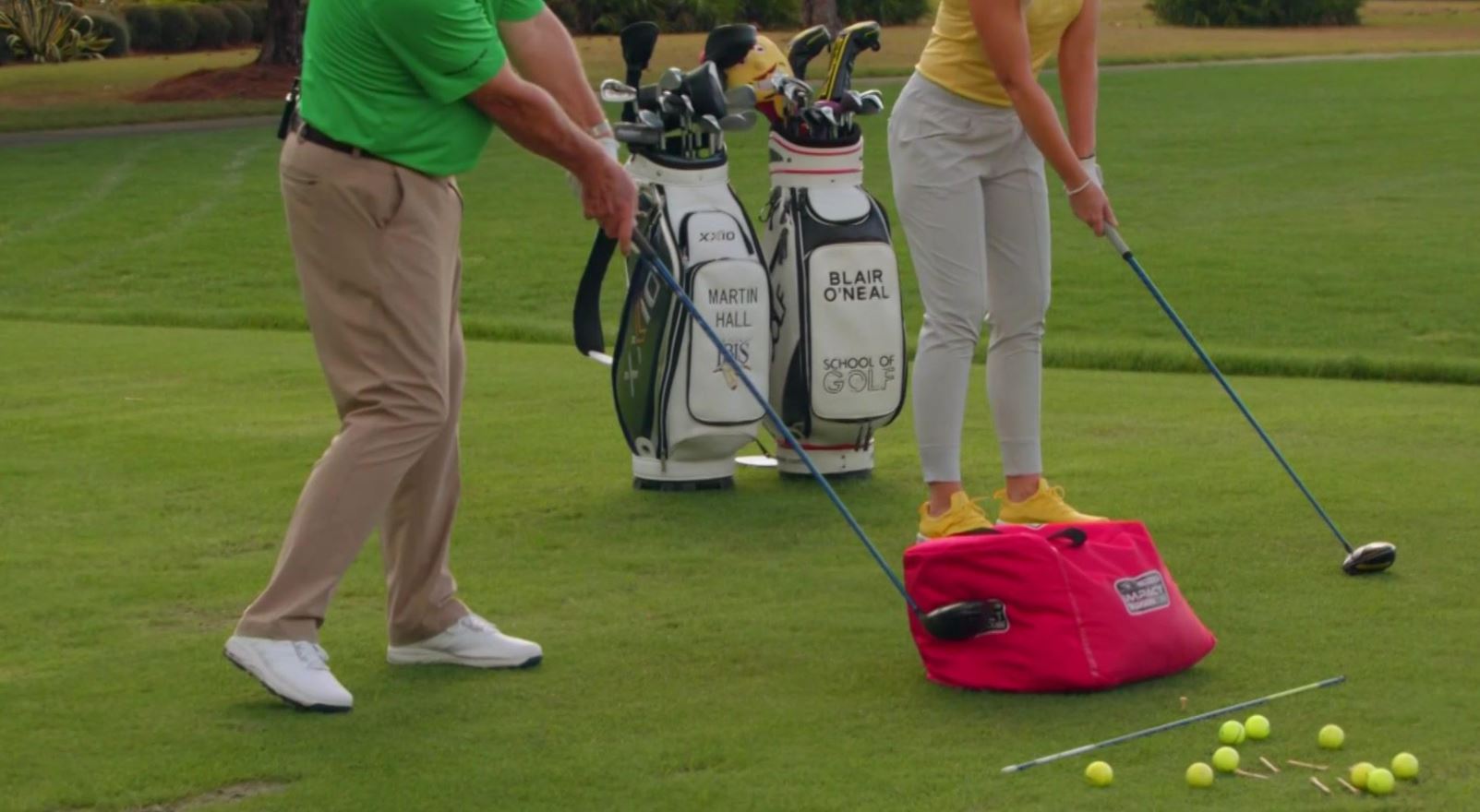
Correct Equipment
To rid your game of that nasty slice. The first step is to assess your equipment.
Clubs that do not have the correct shaft length, offset or loft, can cause you to slice the ball simply because your setup and swing are trying to compensate for your equipment.
A common cause of the slice in beginners is that their driver has too much loft and it also leads to a low ball flight.
High and left may suggest too much loft or flex in the shaft.
Fix Yo Grip
The second step, according to golf instructor Hank Haney, is to check your grip. A weak or tight grip may cause you to slice your shots.
A grip that is too weak reduces your control over the club. This prompts the clubface to open at impact, creating a slice.
Conversely, a grip that is too tight prevents your hands from releasing through the ball at impact, causing you to stab at the ball and initiate a slice.
If this is your problem, it is worth adjusting your grip to a more neutral hold.
Swing Mechanics
The third factor that prompts your slice is your swing. Golfers with this challenge tend to swing from inside out and attack the ball from a steep angle, causing you to connect the ball with an open face.
In the past, when I have struggled with a slice. I have found that shortening my swing and gripping slightly down on the club helps me to hit straighter.
A shorter swing provides more control and helps to promote a straight back and follow-through motion.
It helps significantly with your accuracy, but you lose 5-10 yards on average per club. Which is not ideal but far better than being out of bounds or in a hazard.
How Can You Stop Hooking The Ball?
The Tools
As is the case with a slice, several factors can cause you to hook a ball. The first port of call is to uncover whether you have the correct equipment. Specifically, shaft lengths, offset, and lofts.
The best way to identify which equipment is best suited to your game is to get fitted by a professional. Once you have the necessary equipment, the next step is to analyze your grip.
The Grip
Those of you with a tight grip may be more prone to hook shots, as it promotes more forearm and face rotation through impact.
The solution to this problem is to weaken your grip slightly to achieve reduced forearm and face rotation for a straight back and through swing.
Swing Game
Rotation is the third factor that impacts hook shots. If you do not transfer your weight through impact. Your hands will take over, and it will lead to a closed clubface.
Fixing this problem requires consistent rotation and weight distribution practice to familiarize yourself with the motion.
The fourth factor impacting your hook is your swing. A hook is prompted by a swing from inside to out.
To correct your actions, you close the clubface at impact, causing a hook.
As suggested with combatting a slice. My preferred solution to correct a hook is to shorten my swing, as it promotes a straight back and follows through motion prompting a straighter shot.
Slice Vs Hook Or Draw vs Fade
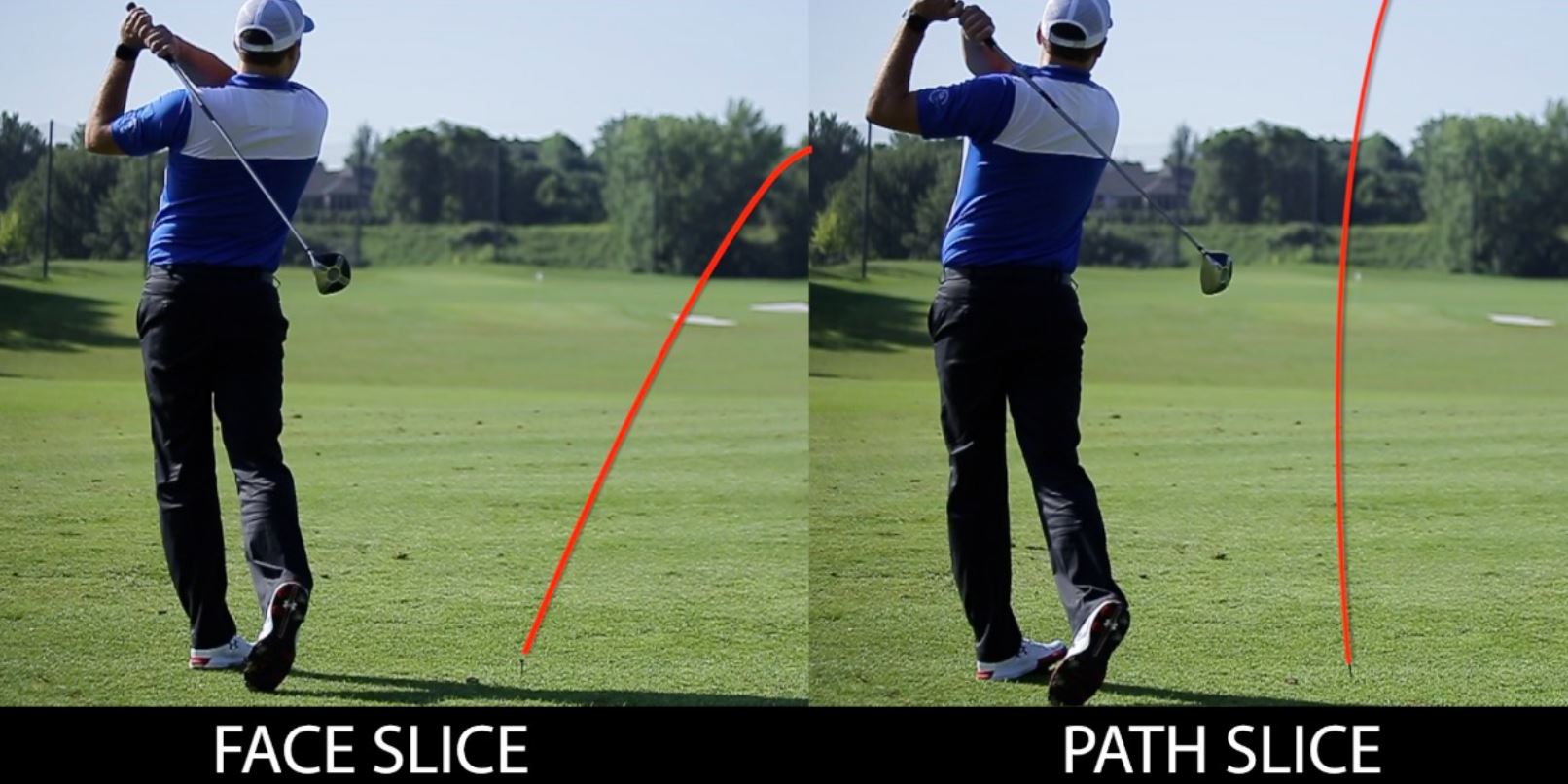
While a slice and a hook take a similar shape to a draw and a fade, they could not be more different shots.
A fade is a controlled shot where the ball moves from left to right for right-handers. Pro’s, including the legendary Lee Trevino, believe that a fade offers you the most control out of any shot. A slice, on the other hand, starts left and violently veers right. A slice is never an intended shot.
Conversely, a draw is a controlled shot that shapes from right to left for righties, and a hook starts right and veers to the left. As is the case with a slice, a hook is not an intended shot.
How Are These Shots Different For Left-Handers?
A hook and slice for left-handers only differ from righties in terms of the direction it takes.
A slice starts out right and moves left. While a hook starts left and veers to the right.
Why Is A Driver The Hardest Club To Hit Straight?
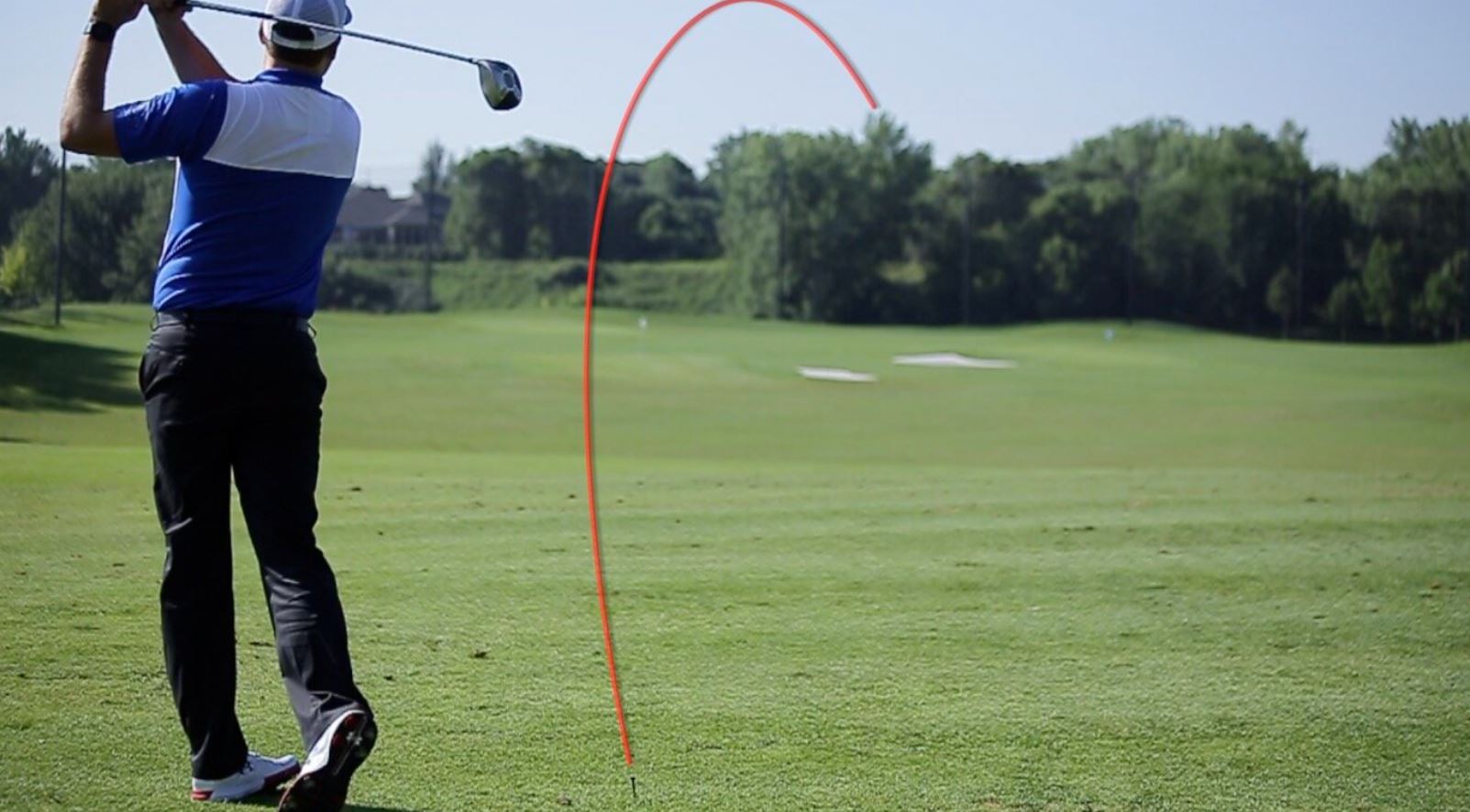
A driver is the lowest lofted club in our bag and can be challenging for some golfers to get the ball airborne.
This causes players to swing faster than usual, which relinquishes control of the driver and leaves the head open or closed at impact.
Furthermore, your driver generates the fastest ball speed out of your clubs. It means that if you make contact with the ball at the wrong angle, the ball veers significantly off course.
FAQ’s
Why Am I Slicing My Driver And Not My 3 Wood?
The setup for a driver and 3-wood shot is different and therefore requires slight tweaks to be successful.
For most golfers, a 3-wood is easier to hit than a driver as it has a higher degree of loft and a shorter shaft.
When hitting a driver, you set the ball up on your inside heel for impact to occur on your upswing. This often causes players to reach for the ball at impact. This action opens the clubface and prompts a slice.
A 3-wood has a shorter shaft and feels similar in address to your irons, which you play with more and are likely more comfortable with.
How Do You Hit The Driver Straight Every Time?
Unless you are a robot, there is no way to hit your driver straight every time.
However, I found that my fairway in regulation stats have drastically improved since I shortened my swing and gripped slightly down on the club.
How Do You Hold A Driver Not To Slice?
According to Hank Haney, the best grip to mitigate a slice is a neutral grip.
A grip that is not overly tight nor weak enables you to release your hands through impact to hit the ball squarely at impact.
Do Anti Slice Golf Tees Work?
Anti-slice tees are designed to prevent the clubhead from imparting sidespin that could induce a slice.
While the design is interesting and may reduce your slice. I am yet to find anyone who has completely eradicated there’s.
Does Tee Height Affect Slice?
The height of your tee may cause you to top or sky your shot, but it will not cause you to slice your shot.
As we have identified. A slice is caused by your grip, swing, and the position of the clubface at impact.
Conclusion Of A Hook vs Slice In Golf
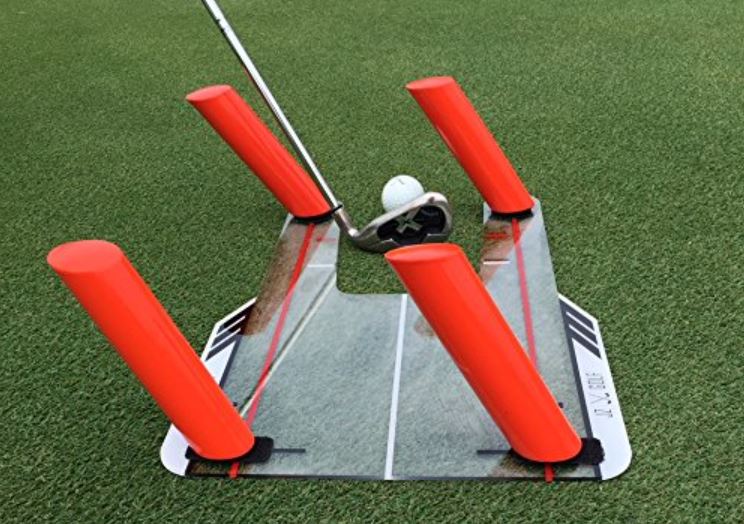
A hook or a slice are two shots that you never want to hit, yet everyone from professionals to amateurs has done it. And will continue to experience them.
Our review of a hook vs slice in golf has demonstrated that multiple factors cause you to play these torrid shots. Your equipment, grip, swing path, angle of attack, and clubhead position at impact are all factors that can cause you to slice and hook your ball.
Follow the guidelines that we have laid out above, and implement the necessary changes to ensure that going forward, you keep on target and lower your scores.

